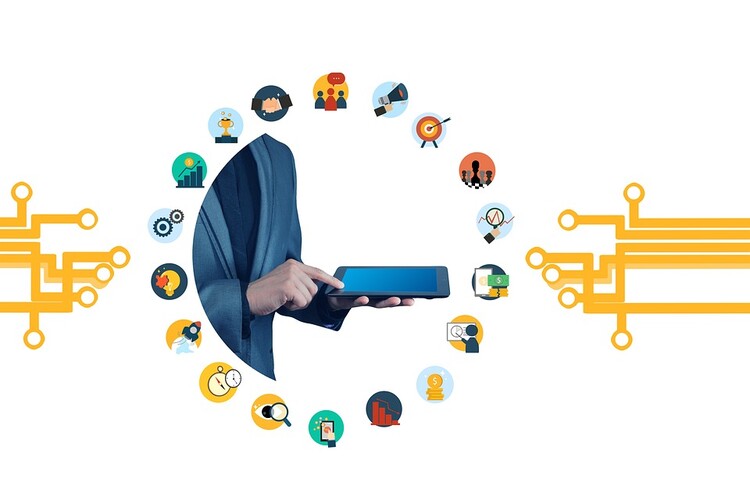The US government’s Free iPhone with food stamp program, also known as the Supplemental Nutrition Assistance Program (SNAP), has been a lifeline for millions of low-income Americans. The program provides eligible households with a monthly allowance to purchase food and other necessities. However, in recent years, a controversial program has emerged that offers free iPhones to SNAP recipients. In this article, we’ll explore the details of this program, why it has sparked controversy, and what it means for the future of government assistance programs.
What is the Free iPhone Program for SNAP Recipients?
The free iPhone program for SNAP recipients is a government-funded initiative that provides eligible households with a free iPhone. The program is designed to help low-income Americans access vital resources and services, such as job applications, healthcare, and education. The iPhone comes preloaded with a suite of apps designed to assist SNAP recipients in managing their benefits and accessing services.
The program is a collaboration between the federal government, state governments, and wireless carriers. Eligibility for the program varies by state, but generally, households must meet the income requirements for SNAP and be enrolled in the program to qualify for a free iPhone.
Controversy Surrounding the Free iPhone Program
The free iPhone program for SNAP recipients has sparked controversy since its inception. Critics of the program argue that it is a waste of taxpayer money and that it encourages dependency on government assistance. They argue that the government should be focusing on providing basic necessities like food, shelter, and healthcare, rather than providing luxury items like iPhones.
Proponents of the program, however, argue that access to technology is a basic necessity in today’s world. They argue that the iPhone can help low-income Americans access important resources and services that they might not be able to access otherwise. They also point out that the program is designed to help SNAP recipients manage their benefits more effectively and reduce fraud and abuse.
What Does the Future Hold for Government Assistance Programs?
The controversy surrounding the free iPhone program for SNAP recipients is just one example of the ongoing debate over the role of government assistance programs in American society. Critics argue that these programs encourage dependency and discourage self-sufficiency, while proponents argue that they are essential for helping low-income Americans access basic necessities.
As technology continues to evolve, it’s likely that we’ll see more government programs that incorporate technology into their services. The COVID-19 pandemic, for example, has highlighted the need for remote access to healthcare, education, and other services. As a result, we may see more government programs that provide technology to low-income Americans to help them access these services.
Conclusion
The free iPhone program for SNAP recipients is a controversial government program that has sparked debate over the role of government assistance programs in American society. While critics argue that the program is a waste of taxpayer money, proponents argue that it is essential for helping low-income Americans access important resources and services. As technology continues to evolve, we may see more government programs that incorporate technology into their services to help low-income Americans access the resources they need to thrive.








